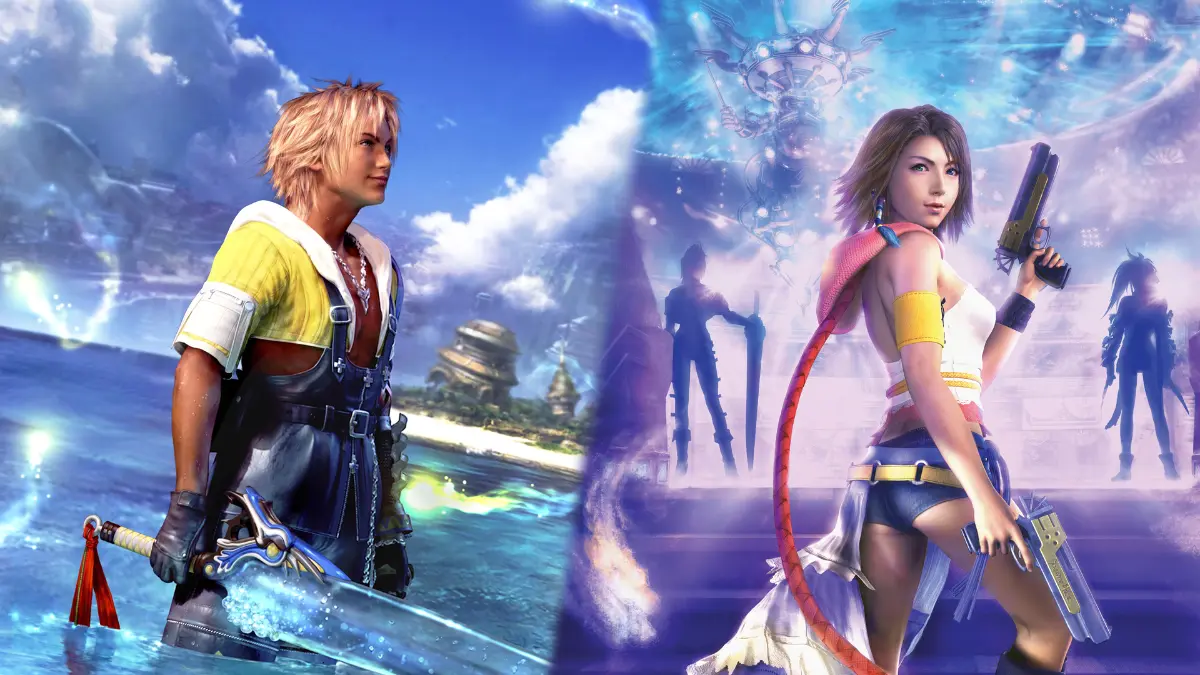Koji Sugimoto, a legendary programmer from the Final Fantasy X development team recently expressed bewilderment at a growing trend in modern game design: the intentional recreation of PlayStation 1-era graphical limitations. Koji pointed out the irony that what once frustrated programming teams is now deliberately replicated by contemporary developers.
“We worked so hard to avoid warping, but now they say it’s charming,” the programmer noted, referring to the texture distortion and polygon jittering that characterized games from the mid-to-late 1990s. These visual artifacts weren’t artistic choices at the time, but unavoidable consequences of the PlayStation’s limited hardware capabilities.
Final Fantasy X, released in 2001 for PlayStation 2, represented a significant graphical leap for the series. The development team invested considerable resources specifically to overcome the technical constraints that had defined previous entries. They worked to eliminate texture warping, reduce polygon visibility, and create smoother character models—all issues that modern indie developers now purposely incorporate.
The PS1 era was defined by these limitations. The console used affine texture mapping, which caused visible distortion as polygons approached the camera. Memory constraints restricted polygon counts, resulting in blocky characters and environments. Color limitations and loading capabilities affected texture quality and detail.
Today’s indie scene, particularly in horror and experimental genres, has embraced this aesthetic wholeheartedly. Games like Paratopic, Signalis, and numerous horror titles deliberately incorporate visible polygon edges, jittery textures, and limited color palettes to evoke a distinct mood or nostalgic feeling.
The appeal extends beyond simple nostalgia. Low-poly aesthetics offer practical advantages for small development teams, requiring fewer resources than high-fidelity 3D. Many players appreciate how these simplified visuals stimulate imagination, with minds filling in details that technology merely suggests.
Horror games particularly benefit from the uncanny quality of PS1-style graphics. The slightly “off” look of distorted textures and imprecise character models can enhance the unsettling atmosphere these games aim to create.
From flaws to features
This phenomenon mirrors trends in other media, where technical limitations eventually become stylistic choices. Film grain, vinyl pops, and VHS tracking errors have all transformed from annoyances into deliberate aesthetic elements that signal specific moods or eras.
The FFX programmer’s confusion highlights an interesting generation gap in game development. What one cohort of creators viewed as technical hurdles to overcome, another sees as unique visual tools with their own charm and potential.


